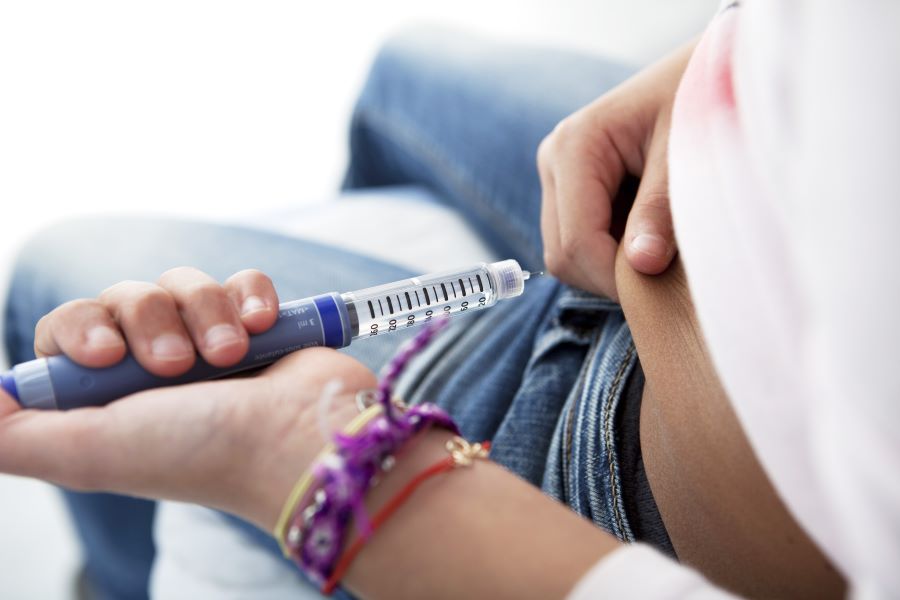A day in the Life of a Type 1 Diabetes Patient

In America, nearly 15,000 children are diagnosed with Type 1 diabetes each year. While this disease puts a tremendous physical and emotional strain on children and their families, it also causes a significant financial burden on both the patient and society as a whole. Diabetes is a disease that can be controlled with close blood glucose monitoring, but the equipment needed to achieve this control often comes at a high cost.
Without certain medical supplies, a diabetic would be unable to check his or her blood glucose and unable to give himself or herself life-saving insulin. Diabetics cannot survive without these supplies, which they must use multiple times per day. But diabetes supplies consist of more than just needles and syringes. To get a glimpse into the daily life of a diabetic, here is a list of supplies a diabetic must have at their immediate disposal every day in order to survive:
- Lancets/lancing device to stick their fingers in order to draw blood
- Alcohol swabs to clean the finger prior to sticking
- Test strips to put the drop of blood onto
- Glucometer, the device used to measure the blood glucose
- Control solution to calibrate the glucometer in order to ensure it gives an accurate reading
- Short-acting insulin to give with meals or in the event, the blood glucose is too high
- Long-acting insulin to act as the steady daily dose of insulin, delivering a slow, continuous amount
- Syringes or needles to deliver the insulin several times per day
- Glucose tablets/gel/kit to give in an emergency if the blood glucose drops too low
Depending on the patient’s age, insurance coverage, and level of diabetes control, some patients will also have:
- An insulin pump which attaches directly to the body through a catheter to give a steady amount of insulin
- A continuous glucose monitor which attaches to the body with a small needle and checks the blood glucose every five minutes
It is estimated that Type 1 diabetics spend well over $9000 per year on diabetes supplies. While a costly endeavor, these supplies are lifesaving and crucial to keeping these children healthy and thriving.
Sources:
- American Diabetes Association.
Centers for Disease Control and Prevention - Medical Costs for Youth with Diabetes More than $9,000 a year.
National Institutes of Health - Diabetes, Type 1.
Powered by Bundoo®










